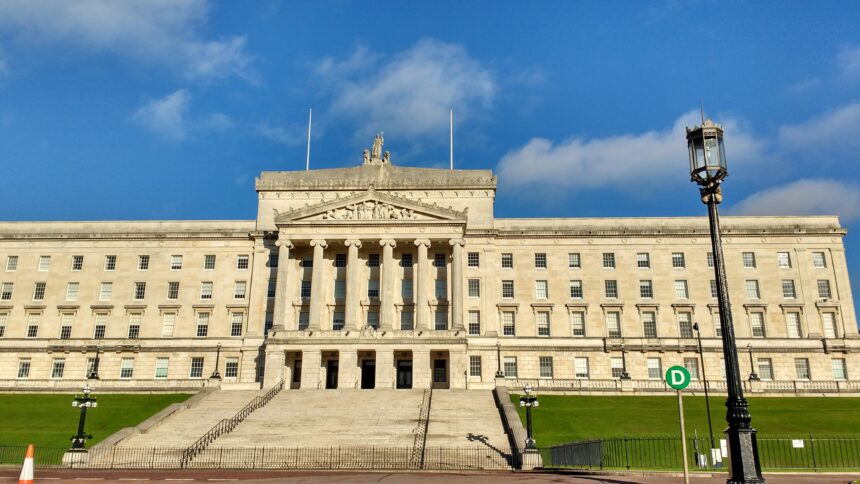Since December, Northern Ireland has been bogged down in a major scandal on an apparently simple policy instrument – the renewable heat incentive scheme. The scheme, closed in early 2016, was set up in 2012 to encourage renewable heat uptake. Since then, it has generated a massive overspend (more than £1bn UK public money, £600 million coming from the Treasury and £490 million over the next 20 years) and precipitated the fall of the Northern Irish government (Sinn Féin Deputy First Minister Martin McGuinness stepped down on 9 January). New elections for the Northern Irish assembly are expected to be called for March, with this ‘cash for ash’ scandal and its handling by both civil service and politicians (is it corruption? Is it incompetence?) casting a long shadow over the vote.
The instrument that started it all
The Renewable Heat Incentive scheme was a policy instrument set up to increase uptake in a variety of renewable heat technologies – from biomass boilers to solar thermals, biogas, heat pumps – for use by businesses from 2012 and in homes from 2014. Such a scheme was set up to help contribute toward the UK-wide target to achieve 15% renewable heat by 2020, as part of the UK’s EU commitments to increase its share of renewable energy. The scandal centres on the business part of the scheme, which worked with different tariffs in the form of pence per kilowatt per hour (for different size and type of technologies): “cash for ash”.
Around this apparently simple scheme, a set of issues arose, amongst which three stand out: policy design, ex-post evaluation and compliance, and political reactivity.
Faulty policy design
Issues of policy design made the scheme easy to abuse. As the BBC Stephen Nolan, put it ‘the more you burned, the more you earned’. Two cost-control elements of the RHI scheme in Great Britain were not carried over to the NI scheme. First, tiering of payments – that is, a lower level of payment would apply after the equipment had been in use for some time. Second, degression, a reduced rate of tariff paid in response to high take up.


Comparison between RHI NI and RHI GB schemes, showing much higher returns in Northern Ireland, ( Northern Irish Audit Office)
Tiering of payments was not suggested when the scheme was first proposed as, according to the Northern Irish Audit Office, “the proposed rate was less than the cost of wood pellets and therefore there was no incentive to excessively use the boilers just to claim the subsidy.” – but the subsidy rate was increased above the cost of wood pellets ahead of the scheme’s launch, creating a strong incentive to burn more wood pellets with the sole aim of receiving RHI funds. Tiering was only added in November 2015. Degression was also only introduced in November 2015 – when it was introduced in GB in 2013 there had been a very low uptake in the NI scheme and thus no grounds to introduce degression. Considering this lack of two major safeguards, the Northern Irish Audit Office argued in July 2016 that the scheme had “serious systemic weaknesses from the start”, was not adapted promptly when problems arose, leaving it “potentially vulnerable to abuse”.
Faulty governance
Problems with the scheme could have been revealed early-on – but this was prevented by problematic administration. While the level of subsidy was decided by the NI Executive, administration and implementation were not really devolved to Northern Ireland. Instead, Ofgem, which was administrating the GB scheme as well, was in charge, and was to liaise with the NI Executive. Concerns have been raised about how the two entities worked together – no minutes were taken at meetings until 2015 making it difficult to apportion blame, there was a very high rate of acceptance (98%), very small rate of inspections (0.86% in 2015-2016, far below the agreed 3%) and little was done in situations of non-compliance (Ofgem hearing at NI Assembly).
A political scandal
The RHI scandal truly turned ‘political’, and even constitutional, when it came to closing down the scheme. It took more than two years between a first whistle-blower letter (in late 2013) to Arlene Foster MLA (then minister in charge of the scheme, afterwards promoted to First Minister of Northern Ireland) and the closure of the scheme to new applicants in early 2016. In the meantime, applications had spiked, severely increasing costs for taxpayers. The reasons (and responsibilities) for the delay may eventually be determined by a public inquiry (is it due to civil service malfunction? To political interference within one party? To the way the NI assembly functions?). However, the shape and format of such an inquiry is still intensely debated.
A canary in the Brexit coalmine
The RHI scandal raises profound questions about administrative and political capacity in Northern Ireland in general, and about its preparedness for Brexit in particular. Brexit is likely to impact Northern Ireland the most out of the whole UK because of issues such as the border with Ireland and integrated supply chains across the island. However, NI politicians are focusing on RHI instead of debating Brexit. The NI Executive has no clear Brexit plan, and in that respect, stands in sharp contrast with Scotland (which published a 60-page plan in December, as the RHI scandal unravelled). While Brexit dominates recent elections in Great Britain, this is not expected to be the case for the forthcoming NI elections, which will be fought on the traditional ethno-national divide between Unionist and Republican parties. While politicians are needed to feed-in to the Brexit negotiations, the civil service will need to deliver it. And here as well, the RHI scandal raises alarm. How can a system which struggled so much around a single instrument rise to the challenge of delivering new policies on, amongst others, environment, agriculture and fisheries; all of which are devolved matters expected to be led by the NI Executive after Brexit?







